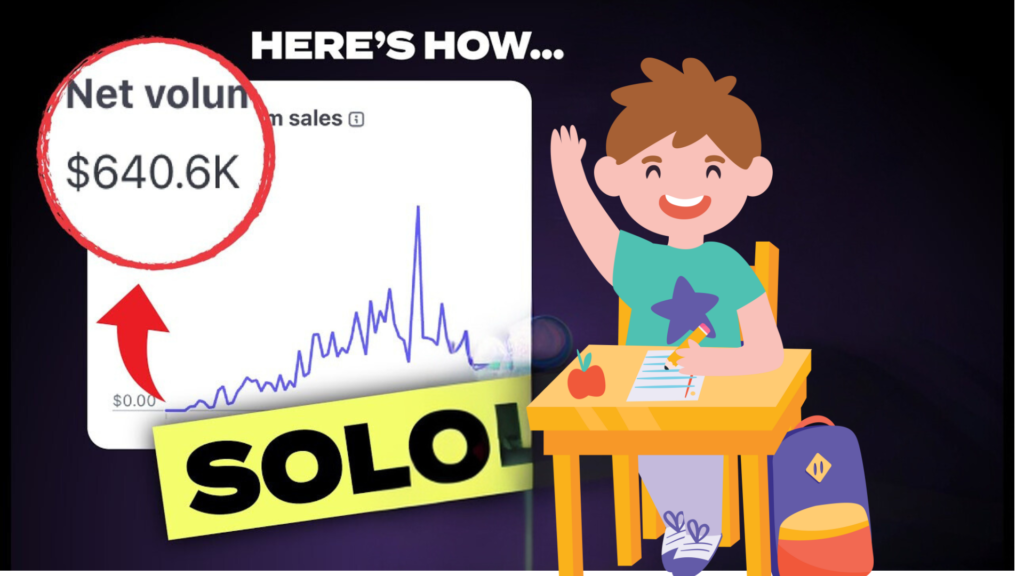Building a Successful One-Person Agency Learn how to build a successful one-person agency, manage client relationships, handle difficult clients, and exceed client expectations. Discover strategies for negotiating contracts and delighting clients in this comprehensive guide. In the digital age, starting a one-person agency can be a lucrative venture, potentially earning you over $500,000 per year. This business model doesn’t mean you have to do everything by yourself. Instead, it’s about running an ultra-efficient business with minimal overhead, automating tasks with no-code tools, and having a fluid team that you can scale up or down as needed. Choosing Your Niche The first step in building your one-person agency is deciding what type of agency you want to have. There are countless options available, and the best choice will be something you’re passionate about and willing to invest time in to become an expert. Here are some categories and services you might consider: Sales and Marketing Offering services like SEO, Google ads, social media marketing, or email marketing can be highly profitable. These services help clients see a return on their investment, making this a great niche for your agency. Design While it might be more challenging, design can also be a profitable niche. Services could include graphic design, web design, UX/UI design, and more. With a plethora of tools available, these services can be easily delivered via the Internet or email. Coaching and Consulting Coaching and consulting are popular right now. Offering courses, coaching, consulting, or other forms of information or motivation to help clients accomplish specific goals can be a great addition to your agency’s services. Just ensure that whatever you offer provides value to your clients. Managing Workload Even as a one-person agency, you can’t do everything on your own, especially when it comes to logistical tasks or busy work. It’s essential to identify all the tasks that need to be done and determine which can be automated through tools and tech, and which need to be handled by a human. Remember, starting a one-person agency is about more than just doing the work. It’s about building a business that can scale and adapt as needed, providing valuable services to your clients, and managing your time and resources effectively. With the right approach, your one-person agency can be a successful and profitable venture. Automating Your One-Person Agency Automation is a key aspect of running a successful one-person agency. There are numerous affordable tools available that can automate tasks such as invoicing, billing, customer outreach, and content creation. These tools can be more cost-effective and efficient than hiring a human to do the same tasks. Human vs. Automated Tasks It’s crucial to distinguish between tasks that need to be handled by humans and those that can be automated. Tasks that involve interacting with your clients or users, require a personal touch, or involve research, vision, and forward-thinking are best handled by humans. Once you’ve identified which tasks fall into each category, you can set up a well-oiled machine with you at the helm. Building Your Team Even in a one-person agency, you’ll need to bring people onto your team for certain tasks. Here are some key points to consider: Leadership First and foremost, you need to be a good leader. While there are many resources available on leadership, the best way to become a good leader is through experience. As you hire your first team member, you’ll learn a lot from the mistakes you make. Don’t hesitate to dive in and learn as you go. Communication Effective communication with your team is crucial. Tools like Slack can facilitate this communication. Hiring Finding team members can be done in various ways. For example, you might find team members through Facebook groups or other social platforms. You could ask potential team members to send a quick screen recording or audio introduction explaining why they would be a good fit for the role. Payment Paying your team members can be done through various platforms like PayPal, Venmo, or Wise. The process doesn’t have to be overly formal or official. Remember, not everyone has to work for you every day. The beauty of a one-person agency is that you can bring people in as needed and build your network over time. Don’t feel overwhelmed if you’re not yet a seasoned business owner. Just bootstrap your agency, meet people, bring them in, and start building your network. You’ll learn and grow along the way. Building a Fluid Team and Finding Clients One of the most critical aspects of running a successful one-person agency is building a fluid team. You don’t need full-time employees all the time. Instead, you can have a network of connections that work with you on and off based on the project or the month. This approach allows you to scale up or down depending on your workload. However, having an agency is worthless if you don’t have any clients. As the agency owner, you should always be your agency’s number one salesperson. This responsibility will always fall on you, especially in the first few years. Your team members and all your expenses with your tools will rely heavily on you bringing in business and paying for those things while also making a profit. There are various ways to find clients, and you need to explore these to ensure the lifeblood of your agency. Remember, as long as you can find ways to find clients, you’ll never struggle, even during times of economic crisis. You can easily scale up or scale down, and worst-case scenario, you could technically remove everyone from your team and do everything on your own. The Benefits of Running a One-Person Agency Running a one-person agency comes with several benefits. Firstly, you don’t have to do it all alone because you have awesome team members working with you. Secondly, it’s a bulletproof system. As long as you can find clients, you’re never going to struggle. You can easily scale up or scale down, and in the worst-case










